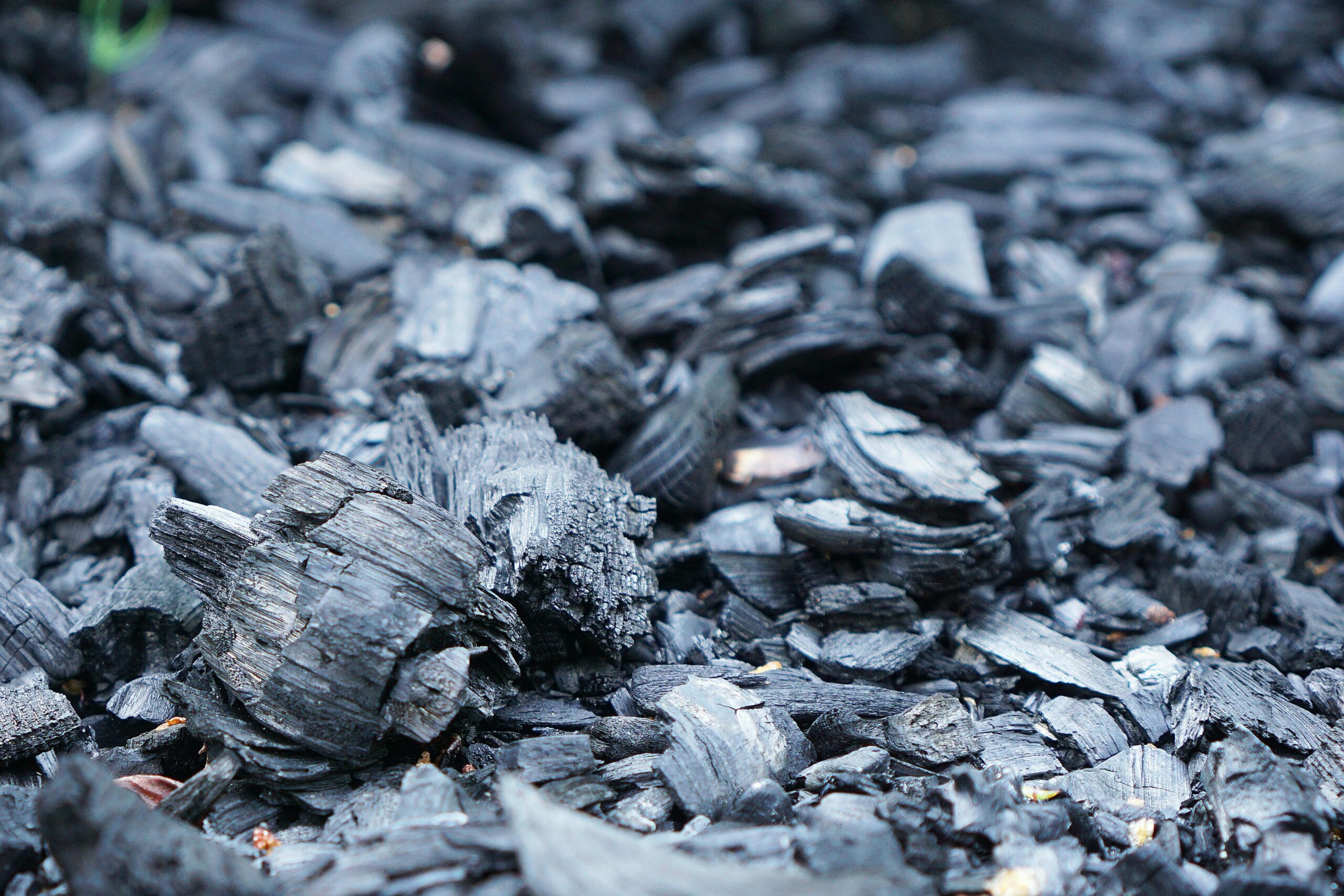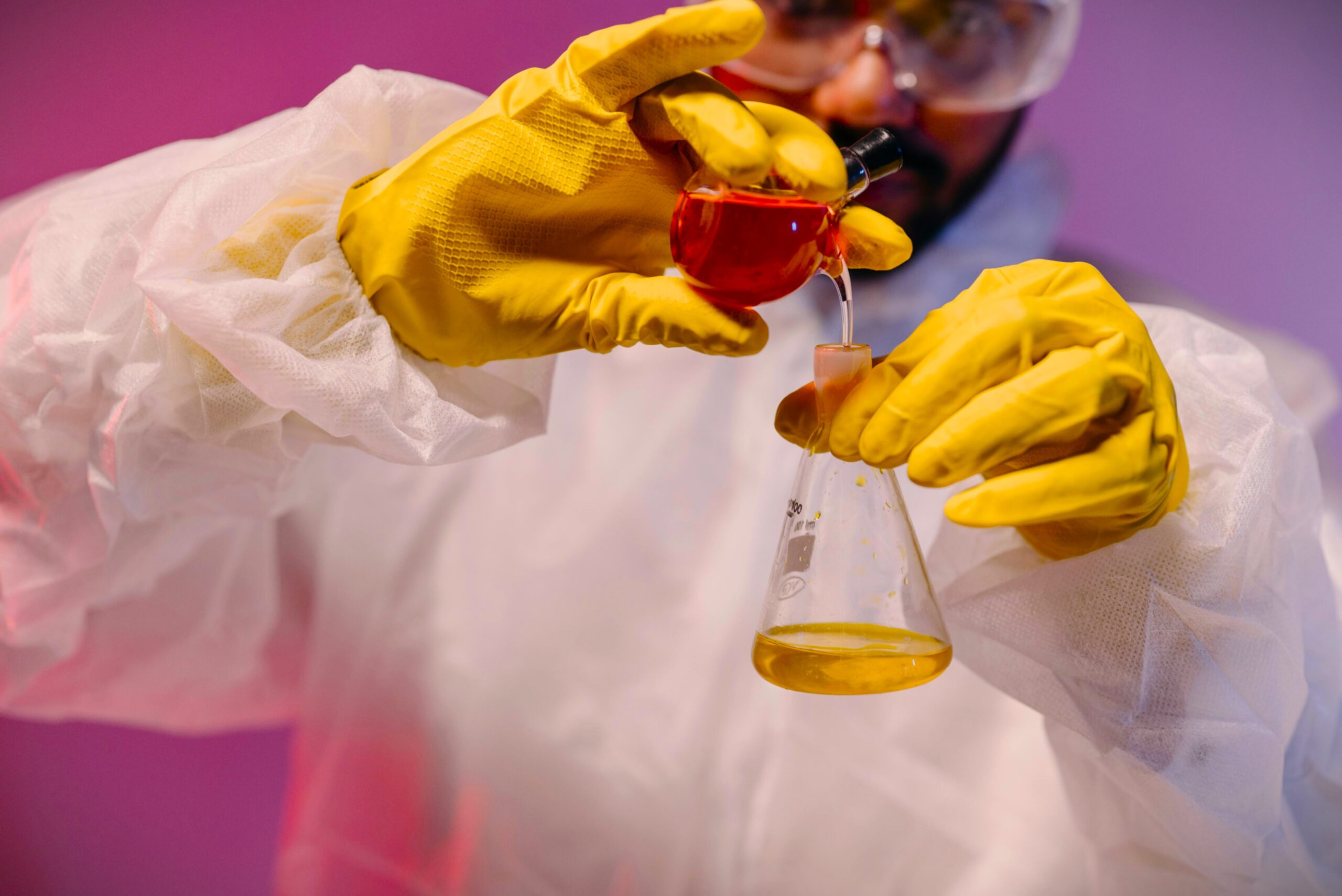
One of the hottest topics in the conversation about drinking water is pH. As it turns out a lot of the information being shared is inaccurate or anecdotal. This is one of my water topics so I would like to formally introduce you to water pH. The very first thing I want you to know about pH is that the proper way to write pH is the way I am writing it. Lower-case p, upper-case H. The inventor of the pH scale, Danish scientist Soren Peter Lorenz Sorenson wrote it that way. The lower-case p is meant to represent power (potential), and the Capital H represents the star of the pH show, the element hydrogen.
In its egghead definition pH is described as the negative logarithm of the concentration of hydrogen ions (H+). The hydrogen ion is what makes hydrochloric acid (HCL), and Sulfuric Acid (H2SO4) so damaging. Some acids such as Acetic Acid (CH3COOH) or vinegar can be prepared to be very mild. The damaging/burning nature of an acid has to do with how readily the acid gives up the hydrogen ion to the surrounding environment.
Getting back to water, we need a more practical definition of pH. The pH scale ranges from 0 – 14. The value seven (7) is considered neutral. A pH less than 7 is acidic, and a pH higher than 7 is alkaline.
pH and Municipal Water!
As a hard and strict rule municipalities always deliver water that is on the alkaline side. Some water sources are naturally alkaline, rich with minerals like calcium from limestone lake and river bottoms, or wells. Other water sources however, may be acidic and as such are dangerous. These acidic waters are always treated to make them alkaline. Orthophosphates are chemicals commonly used to make acid waters, alkaline.
The reason that acidic water is dangerous is that inside a piping system it will dissolve and release harmful metals. Typically, acid water will cause toxic lead and copper to be released into the drinking water. A mistake that allowed acidic water to enter the Flint, Michigan water system was the reason lead was released into their drinking water.
Problems with measuring the pH of water!
Social media is populated with many videos of people talking about the pH of drinking water. One special category of video is the creator who has a measurement device, pH indicating paper, or even color changing pH chemical indicators. Typically, the creator will sample many different bottled water specimens to inform the viewer which water products have the safest pH. There are some inherent problems with these videos fed by a lack of understanding of both pH and water.
- Water absorbs contaminants from the surrounding atmosphere and container. If the water is not sampled immediately when opened, under gentle conditions, the pH reading will not be accurate.
- Temperature affects the pH of water. The same, identical water sample will demonstrate a different pH at 40 degrees Farenheit than it will at 140 degrees Farenheit.
- When using an electronic pH measuring device, the probe must be thoroughly rinsed in deionized/distilled water in between pH Samples. Otherwise, each successive reading will be contaminated with the previous water sample.
- pH measuring, color indicator papers are generally created to work in solutions with higher chemical concentrations such as blood, saliva, and urine. Depending on the water tested, these products will not be accurate.
Is alkaline water better than regular water?
Alkaline water is perhaps the hottest topic today when it comes to drinking water. hydrogen water and vitamin water run a close second and third, but alkaline water is a red-hot topic right now. Proponents of alkaline water point to the pH of the human body, the blood in particular and correctly state that the normal, healthy body requires an alkaline pH to function. The problem they either don’t understand, or don’t want to let get in the way of their marketing and sales of these products, is that what we put into our stomachs has absolutely nothing to do with the pH of our bodies.
The pH of our bodies is regulated by our kidneys. Our kidneys excrete acids in our urine, and they regulate bicarbonate which increases blood pH. The patient with kidney failure is generally in an acidotic state because of this loss of function. Nothing these patients eat will raise the pH of their bodies.
Our stomachs are alkalinity destroyers!
The normal pH of the human stomach is 1.5 – 3.5. Upon consuming alkaline water the formidable stomach hydrogen ions we have allow the stomach to remain acidic and accordingly digesting properly. Now, alkaline products can certainly help neutralize acid reflux and heartburn, but they will never create an alkaline stomach. I will be clear to say that if someone enjoys drinking alkaline water, but all means knock oneself out. The products are bottled by very reputable companies. However, they generally just do not achieve what they claim to.
Some video fun with pH!
I invite you to watch my YouTube video and see how atmosphere and temperature influence pH.







